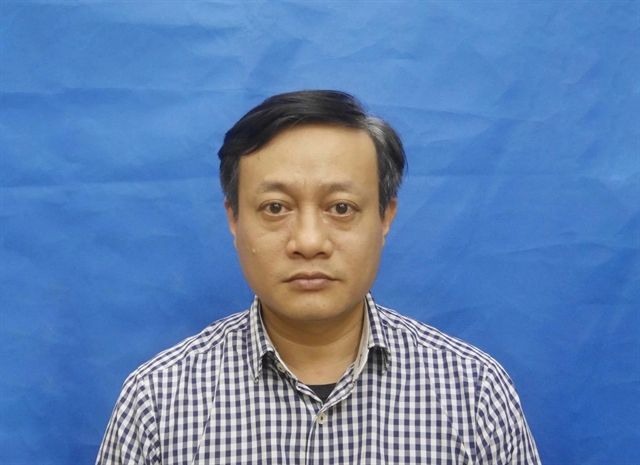 Life & Style
Life & Style
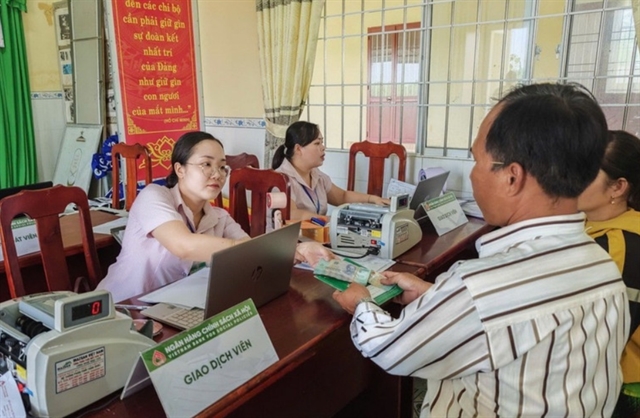
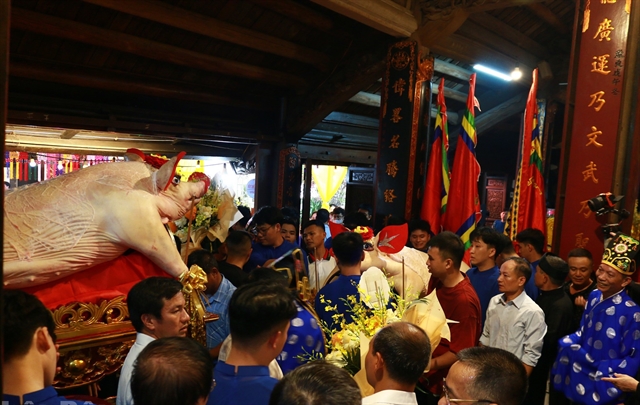
|
| People offer offerings to the village's tutelary god. — Photo nhandan.vn |
HÀ NỘI — La Phù Village has danced its way into the national spotlight after being honoured as a National Intangible Cultural Heritage.
On a vibrant Sunday at the La Phù village communal house, Hà Nội City hosted a grand ceremony to present the National Intangible Cultural Heritage Certificate to the cherished festival.
Authorities and villagers then organised a procession to present the Certificate of Recognition to the communal house. They celebrated with a ceremony and reported to the village’s tutelary god, alongside a myriad of cultural and artistic activities.
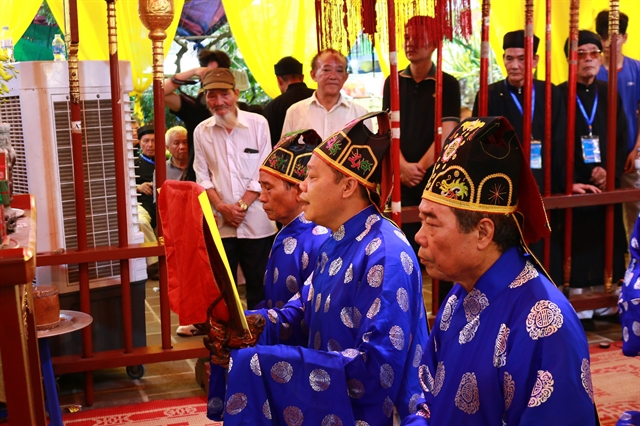
|
| Villagers celebrate the National Intangible Cultural Heritage Certificate. — Photo nhandan.vn |
A particularly noteworthy revival is the restoration of the ritual known as hát cửa đình (singing at the communal house), a traditional form of ca trù (ancient northern Vietnamese ritual music) that flourished before 1954 during the La Phù Festival.
Although the ritual was interrupted by social changes, village elders have recently rekindled ca trù singing during the festival. This year marks a significant return to the full customs and styles of singing at the communal house, aptly named 'Xướng thái bình ca,' performed by talented female singers and actors from northern clubs.
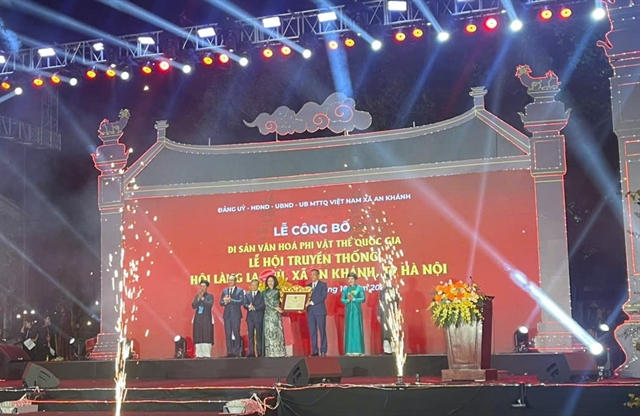
|
| The La Phù Village Festival has recently been honoured as a National Intangible Cultural Heritage. — Photo nhandan.vn |
What sets the La Phù Village Festival apart is its captivating tradition of raising and parading pigs as offerings to the village’s tutelary god.
This annual celebration, held in early spring, pays homage to Tĩnh Quốc Tam Lang, the revered guardian of the village. According to legend, he valiantly defended the nation under the reign of King Hùng Duệ Vương.
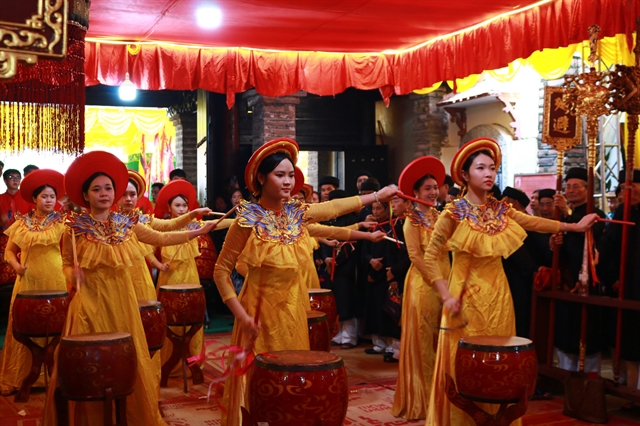
|
| Drum performance at the certificate reception ceremony. — Photo nhandan.vn |
The festival is a tapestry of unique rituals, but the highlight remains the age-old custom of raising pigs for sacrificial offerings.
Folklore recounts that whenever Tam Lang rallied his troops for battle, the villagers would prepare sticky rice and pork as rewards for the brave soldiers. This cherished tradition has been lovingly upheld by the community for generations.
In preparation for the festival, locals meticulously select and raise strong male pigs. The chosen caretakers must meet specific criteria: they must have healthy, living parents, a balanced family of sons and daughters, a disciplined lifestyle and a reputation for kindness. The pigs are nurtured through a careful and hygienic process and receive devoted care throughout the year.
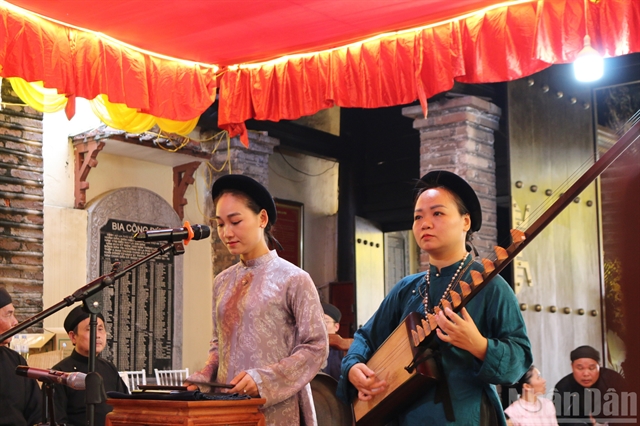
|
| The singers perform in the sacred space of La Phù communal house. — Photo nhandan.vn |
On festival day, the pigs are ritually slaughtered, adorned and carried in a beautifully decorated palanquin to the village communal house for the sacred offering to the saint. The procession and ceremonial rites take place on the night of the 13th day of the first lunar month of the year and into the early hours of the 14th day. After the offerings are made, the pigs are distributed to selected households, spreading good fortune throughout the village.
The 'Mr Pig' procession, rich in distinctive rituals, draws thousands of locals and tourists alike, transforming the event into a regional spectacle. VNS


